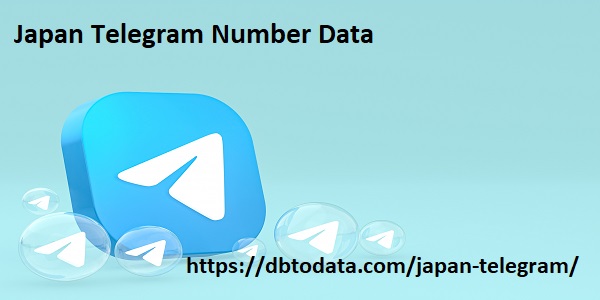|
|
To answer this question we should take a look at the fundamentals of OTIF (or 'On Time, In Full') and how it helped improve one of the largest companies in the world. Walmart, a company that knows a little about supply chain management, set out to improve its supply chain. The intent was to track supplier performance, create store improvements, and increase customer satisfaction. In its simplest sense, On Time in Full (OTIF) is a supply chain metric. And its sole purpose is to measure a company's ability to fulfill customer orders. As Sam Walton, founder of Walmart, said, “There is only one boss. The client. And he can fire the entire company, from the president on down, simply taking his business elsewhere.” Creating an analytics system based on companies' ability to do precisely this, measuring order fulfillment, seems very reasonable.
If supply chain excellence is on your agenda, the On Time in Full (OTIF) indicator can reveal many details about your supply chain management that you would otherwise miss. It can tell you how satisfied your customers are, whether your suppliers are delivering as agreed and even how efficient your internal supply chain is. And yet, I suppose there are a large number of companies that never thought about measuring OTIF in their Japan Telegram Number Data supply chain. What is otif OTIF KPI vs. Availability All companies want the right amount of availability. As we mentioned in the article linked above, there is an interesting point in this. You never want too much, so as not to fall into excess stock and obsolescence. And you don't want to come up short either or you'll end up racking up lost sales and unhappy customers. But measuring availability can be complicated.

First, OTIF and inventory availability are related. But they are not the same. Sure, high availability levels will probably help you achieve high OTIF rates. But not if your availability problems affect the most important products in your assortment! Another challenge we face is that availability does not mean the same thing to everyone. How do you see the OTIF? Are compliance rates a good benchmark? What is the best way to measure availability and why is there so much confusion about such a seemingly simple question? The answer is not so simple. Mainly due to the lack of a standard definition of OTIF . Therefore, whenever there is a conversation about the availability of a product, everyone speaks in different languages.
|
|
 |手机版|小黑屋|五常同城
( 黑ICP备19004948号-4 )
|手机版|小黑屋|五常同城
( 黑ICP备19004948号-4 )